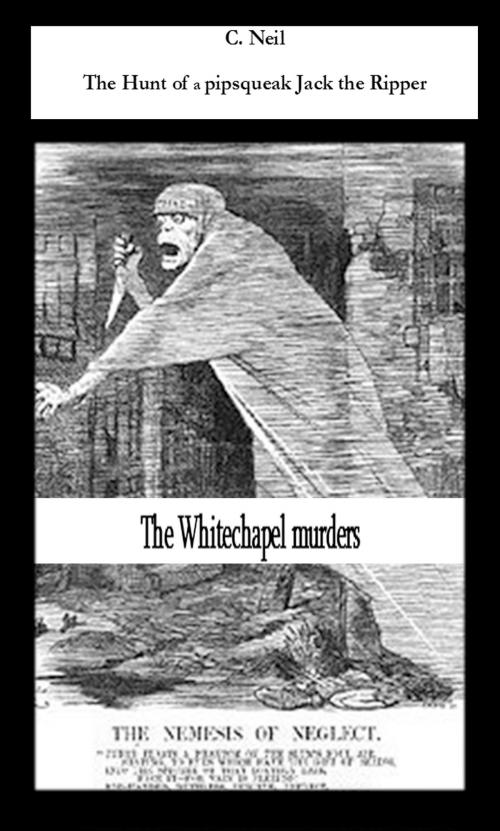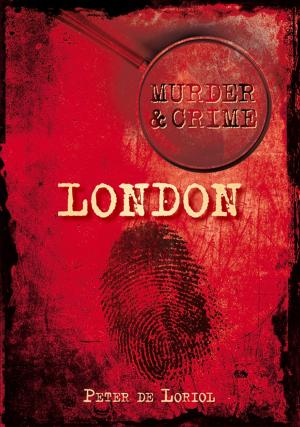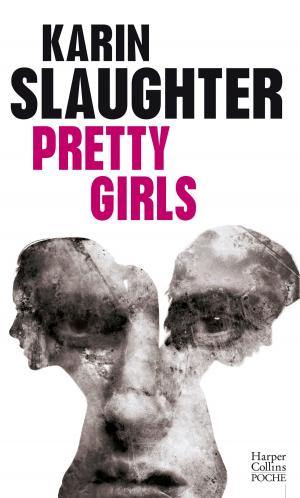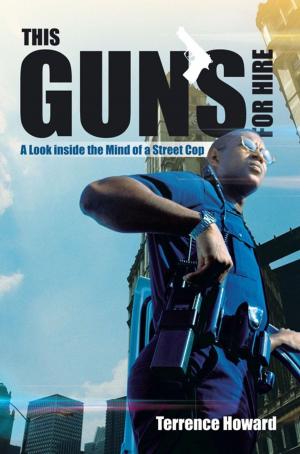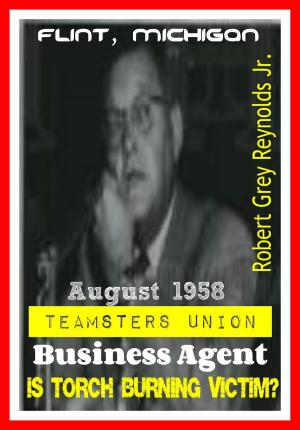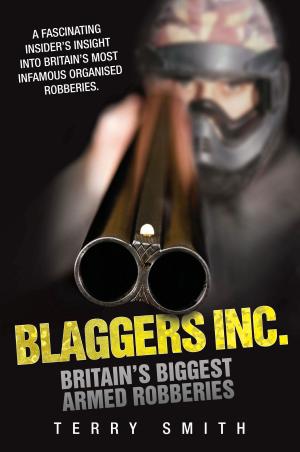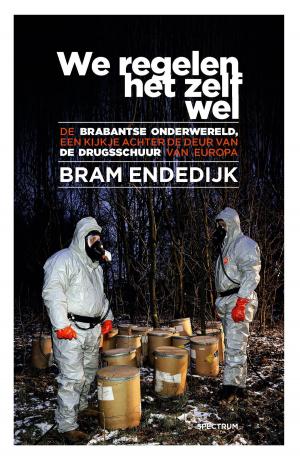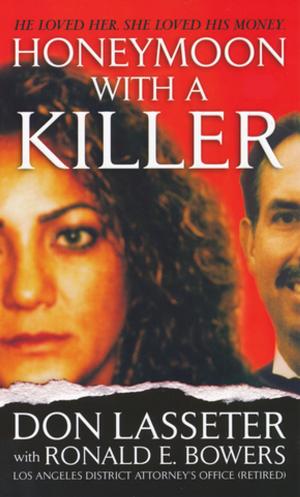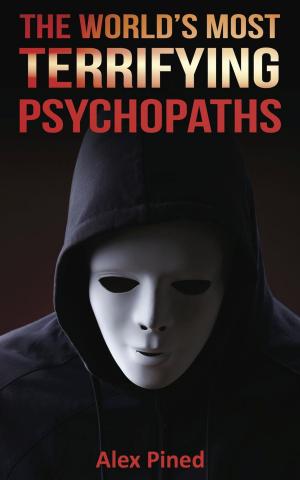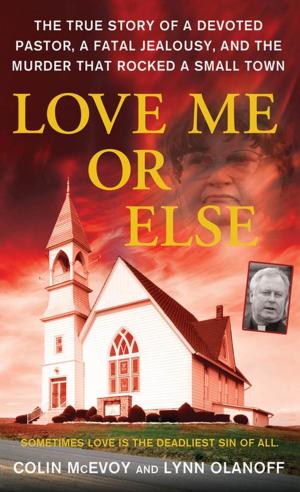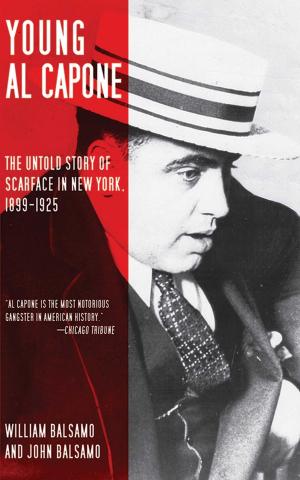The Hunt of a pipsqueak Jack the Ripper
Nonfiction, Social & Cultural Studies, Social Science, Crimes & Criminals, Murder, True Crime| Author: | c Neil | ISBN: | 1230000139525 |
| Publisher: | gentlemenpress | Publication: | June 3, 2013 |
| Imprint: | Language: | English |
| Author: | c Neil |
| ISBN: | 1230000139525 |
| Publisher: | gentlemenpress |
| Publication: | June 3, 2013 |
| Imprint: | |
| Language: | English |
Slumming (Soc., 1883). Visiting the poorest parts with a view to or slums of a self-improvement. The results of a little city experiment, which has been tried with the kindly consent of the Benchers of the Inner Temple, people is are well worth the attention of who interest themselves in what cynically August 1884. called 'slumming'.
The begin of London slums date back to the middle eighteenth century, when the masses of London, began to raise at an extraordinary rate. In the last decade of the nineteenth century London's population exploded to over four million, which spurred a high demand for low-priced living and housing. London slums are the result of quick population growth immigration and the industrialization. London slums became notorious for overfilling, unhygienic and the row living conditions. Most wealthy Victorians were grows up with the idea that poor people are unproductive, lazy and alcoholics the rich Victorian overlooked the inhuman slum life situation, and many, who knows about the slums in the richest city in the world, believed that the slums were the product of laziness, sin of the lower classes the pc poor class. The most disreputable slums were located in East London, which was called "darkest London," a unknown continent for the honest society. Slums or rookeries existed in all districts of London, St. Giles and Clerkenwell in central London, the Devil's Acre near Westminster Abbey, Jacob's Island famous in Oliver Twist Dickens masterpiece. Rookeries in Bermondsey, on the south bank of the Thames River, the Mint in Southwark, and Pottery Lane in Notting Hill. In the last decades of the Victorian period East London was inhabited mostly by the working classes, which consisted of native English population, Irish immigrants, and immigrants Eastern Europe, mostly poor Russian, Polish and German Jews, who found asylum in Whitechapel and the neighboring areas of St. George’s-in-the-East and Mile End. Whitechapel was and is the heart of the East End. By the end of the seventeenth century it was a wealthy district. Some of its areas began to go down in the mid eighteenth century, and in the second half of the nineteenth century they became notorious overcrowded and crime infected. There are more people than there is room, and numbers are in the workhouse because they cannot find a very poor room elsewhere. Nearly fifty per cent of the workers pay 1890 from one-fourth to one-half of their earnings for rent. The average rent in the larger part of the East End is growing from four to six shillings per week for one room. In one street in Stepney the increase in only two years has been from thirteen to eighteen shillings; in another street from eleven to sixteen shillings; and in another street, from eleven to fifteen shillings; while in Whitechapel, two-room houses that recently rented for ten shillings are now costing twenty-one shillings. East, west, north, and south in London the rents are going up and the Slum Landlord are be richer and richer. In this thimes a Killer would be famous known as jack the Ripper
Slumming (Soc., 1883). Visiting the poorest parts with a view to or slums of a self-improvement. The results of a little city experiment, which has been tried with the kindly consent of the Benchers of the Inner Temple, people is are well worth the attention of who interest themselves in what cynically August 1884. called 'slumming'.
The begin of London slums date back to the middle eighteenth century, when the masses of London, began to raise at an extraordinary rate. In the last decade of the nineteenth century London's population exploded to over four million, which spurred a high demand for low-priced living and housing. London slums are the result of quick population growth immigration and the industrialization. London slums became notorious for overfilling, unhygienic and the row living conditions. Most wealthy Victorians were grows up with the idea that poor people are unproductive, lazy and alcoholics the rich Victorian overlooked the inhuman slum life situation, and many, who knows about the slums in the richest city in the world, believed that the slums were the product of laziness, sin of the lower classes the pc poor class. The most disreputable slums were located in East London, which was called "darkest London," a unknown continent for the honest society. Slums or rookeries existed in all districts of London, St. Giles and Clerkenwell in central London, the Devil's Acre near Westminster Abbey, Jacob's Island famous in Oliver Twist Dickens masterpiece. Rookeries in Bermondsey, on the south bank of the Thames River, the Mint in Southwark, and Pottery Lane in Notting Hill. In the last decades of the Victorian period East London was inhabited mostly by the working classes, which consisted of native English population, Irish immigrants, and immigrants Eastern Europe, mostly poor Russian, Polish and German Jews, who found asylum in Whitechapel and the neighboring areas of St. George’s-in-the-East and Mile End. Whitechapel was and is the heart of the East End. By the end of the seventeenth century it was a wealthy district. Some of its areas began to go down in the mid eighteenth century, and in the second half of the nineteenth century they became notorious overcrowded and crime infected. There are more people than there is room, and numbers are in the workhouse because they cannot find a very poor room elsewhere. Nearly fifty per cent of the workers pay 1890 from one-fourth to one-half of their earnings for rent. The average rent in the larger part of the East End is growing from four to six shillings per week for one room. In one street in Stepney the increase in only two years has been from thirteen to eighteen shillings; in another street from eleven to sixteen shillings; and in another street, from eleven to fifteen shillings; while in Whitechapel, two-room houses that recently rented for ten shillings are now costing twenty-one shillings. East, west, north, and south in London the rents are going up and the Slum Landlord are be richer and richer. In this thimes a Killer would be famous known as jack the Ripper
